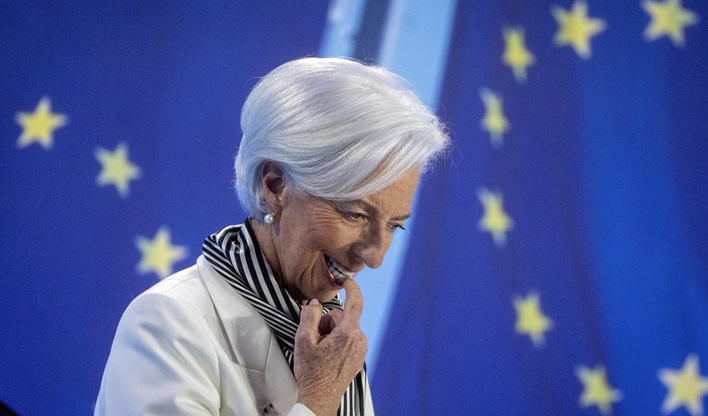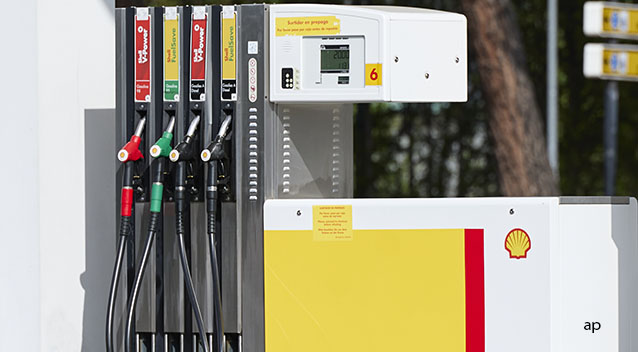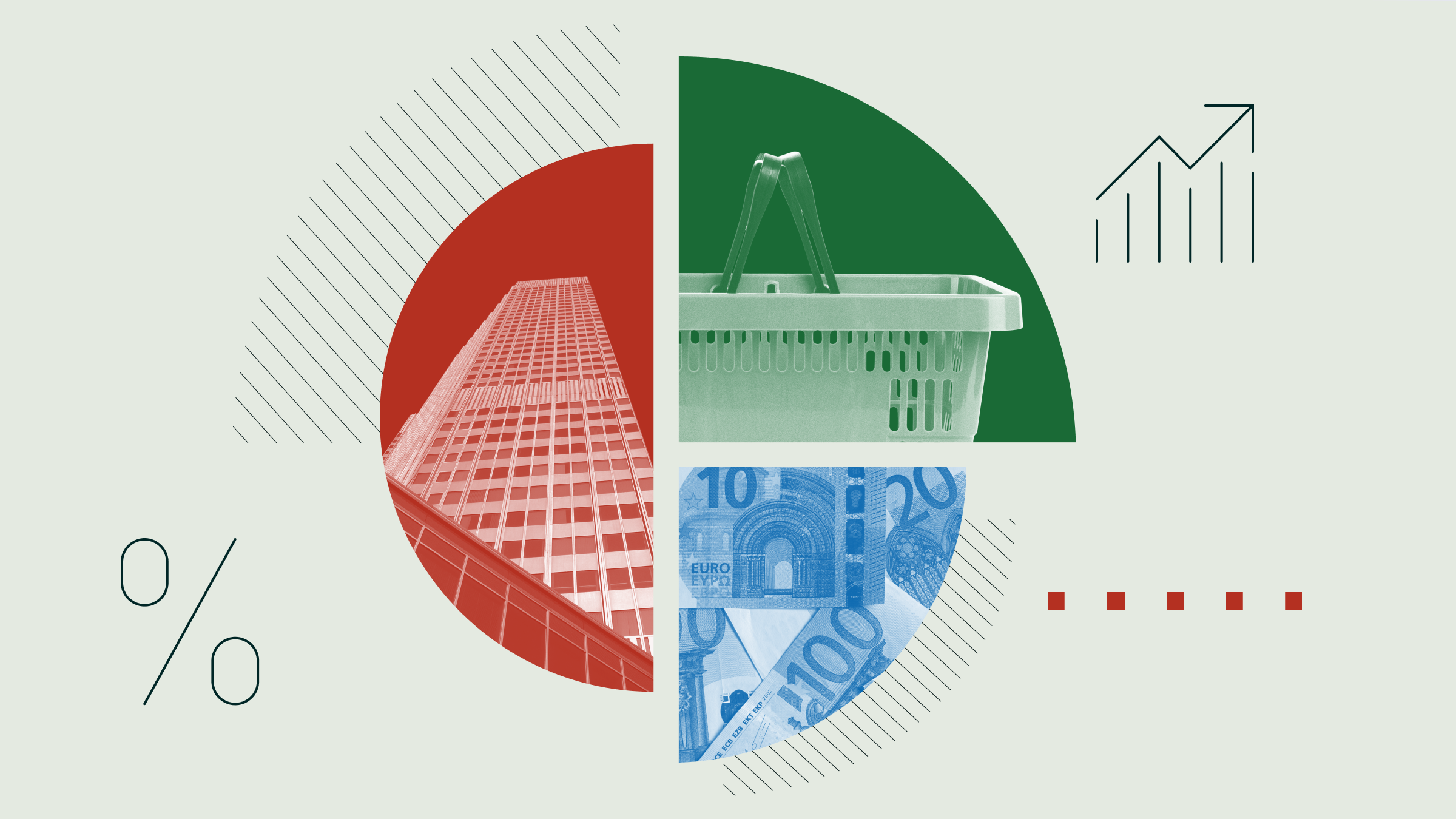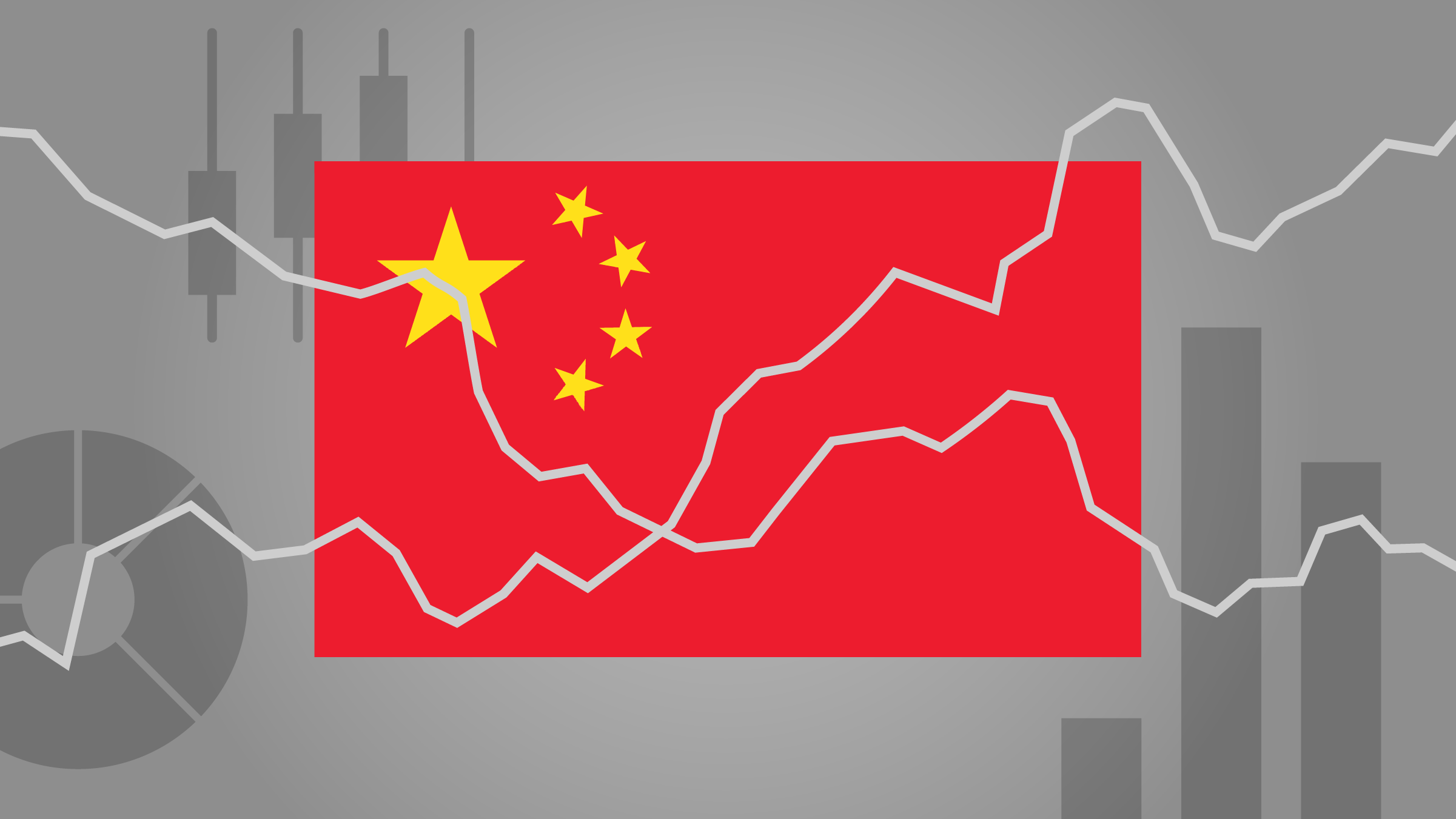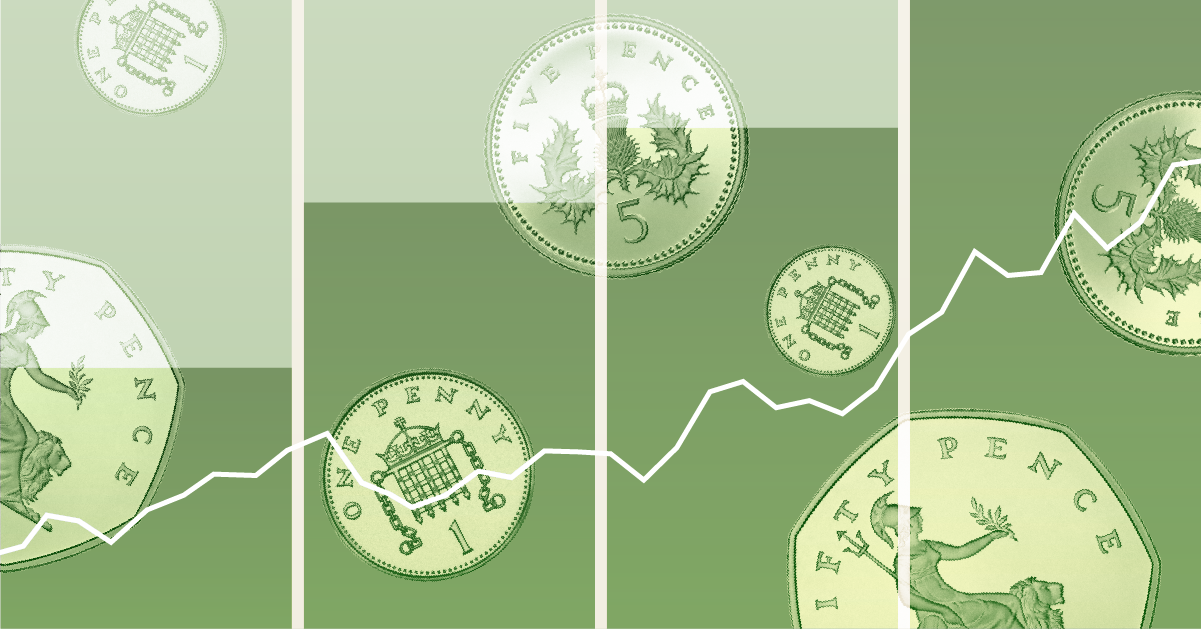
Markets are looking ahead to flash eurozone inflation data on Oct. 1, seeking further indications whether the European Central Bank will cut interest rates at its Oct. 17 meeting.
Inflation is forecast to be 1.8% higher than September 2023 levels, according to FactSet consensus estimates, but below the previous month, which saw a price increase of 2.2% year on year.
Core inflation, which shows prices without energy and food costs, is expected to have risen 2.7% year on year in September, down from 2.8% in August.
“After the spike in inflation we witnessed in July, investors will be glad to see a second straight month of declines in September, the lowest reading in more than three years. The continued fall also brings us within touching distance of the European Central Bank’s targeted level,” said Michael Field, European market strategist at Morningstar.
“Core inflation is also expected to fall by 10 basis points to 2.7%. Granted this number remains materially higher than the 2% targeted inflation level; however, it is at least moving in the right direction,” added Field.
In August 2024, the greatest contributors to the annual euro area inflation rate (HICP) were services (+1.88 percentage points, pp), followed by food, alcohol & tobacco (+0.46 pp), non-energy industrial goods (+0.11 pp) and energy (-0.29 pp).
ECB Target Is Closer, But Core Inflation Remains Sticky
Headline inflation is approaching the ECB's 2% target, amid broadly unchanged core inflation.
“After having fallen to 2.2% yoy in August we see headline inflation receding towards the ECB’s target of 2% or even below”, Martin Wolburg, senior economist at Generali Investments, told Morningstar. “The major driver should be falling oil and gas prices pushing energy inflation even more into disinflationary territory than in the previous month (-3.0% yoy).”
“That said, we continue to look for overall sticky core inflation, as wage growth likely remained robust, the Indeed wage tracker detected 3.9% yoy for August. Moreover, some (post-Olympic) services price relief should be broadly offset by the end of the sale season for goods. Therefore, we think that even a headline inflation number of below 2% will not impact much on the Governing Council’s discussion about accelerating policy easing.”
Service inflation, which is considered to be the most reliable measure of underlying inflation, has been “sticky” so far, but, according to a Goldman Sachs’ inflation preview published on Sep. 22, services inflation will tick down to 4.10% year on year, “driven in part by the Olympics unwind”.
Will the ECB Cut Interest Rates in October?
The next ECB meeting, hosted by Banke Slovenije, will take place on Oct. 17, and trader’s bets on a rate cut rose after the recent weak economic data. According to a Reuters survey on Sep. 26, money market prices now put a 50-60% likelihood on the ECB lowering its deposit rate by 25 basis points to 3.25%, compared to a 35% a week earlier. However, economists' opinions are divergent.
“With inflation seemingly settling at or around where we need it to be, and unemployment stable, the ECB should be reaffirmed in its course of action. Expectations were for one more cut before the end of 2024, something that is very achievable given the data,” said Morningstar's Field.
According to Tomasz Wieladek, chief European economist at T. Rowe Price, the unexpected Eurozone PMI contraction in September will not alone “tip the scales” on an ECB cut in October. The Composite PMI index contracted to 49.0 in September, below the 50 mark that separates growth from contraction. It was the first time since February.
“The reduction in overall business activity was driven by a deepening downturn in the eurozone manufacturing sector, where production decreased for the eighteenth month running and at the fastest pace in the year-to-date,” explained S&P Global, which released the data. “Although services business activity continued to rise, the latest expansion was only marginal and the weakest since February.”
“Eurozone PMIs are certainly in dovish territory, but not enough to cause the ECB to cut back in October. However, much uncertainty is likely to dissipate after the U.S. elections. I still think a gradual round of cuts remains the most likely outcome,” said Wieladek in a note on Sep. 23.
After French and Spanish flash headline HICP inflation data notably below expectations (+1.5% and +1.7% year on year, respectively), Goldman Sachs economists said that they are now expecting the ECB to deliver the next 25bp cut in October, instead of December.
“Since the September meeting, the Euro area data have been significantly weaker than expected and the Fed delivered a 50bp cut,” said Goldman Sachs in a note on September 27. “While we will receive important data next week (including the area-wide HICP print and euro area unemployment, as well as the US employment report), we now see sufficient downside surprises relative to the September staff projections to expect a cut on October 17. We maintain our forecast for sequential 25bp cuts at every meeting to a terminal rate of 2% (now reached in June 2025).”
Filippo Diodovich, senior market strategist at IG Italia, is more supportive to a change in the ECB monetary policy next month.
“We believe that these macroeconomic data may increase the discussion within the ECB Governing Council to promote more aggressive monetary policy measures. Declining inflationary pressures and a worsening European labor market could prompt the ECB to shift from a 'gradual' cost-of-money reduction stance (25 basis point rate cut per quarter) to a far more aggressive strategy (25 basis point cut in October and possibly 25/50 basis point cut in December),” he said on Sep. 23.
ECB Is Not Committed to a Specific Path
In its last economic bulletin, published on Sep. 26, ECB staff confirmed the June inflation outlook. Headline inflation is expected to “averaging 2.5% in 2024, 2.2% in 2025 and 1.9% in 2026”.
“Inflation is expected to rise again in the latter part of this year, partly because previous sharp falls in energy prices will drop out of the annual rates,” it said.
“Inflation should then decline towards the Governing Council's target over the second half of next year”.
For core inflation, the ECB projections was revised up slightly, “as services inflation has been higher than expected”. However, the European Central Bank still expects “a rapid decline in core inflation, from 2.9% this year to 2.3% in 2025 and 2.0% in 2026.”
The ECB remains committed to bringing inflation back to its 2% target, adjusting rates based on data and economic conditions. And the Governing Council will continue to follow a meeting-by-meeting approach, without committing to a specific rate path.










